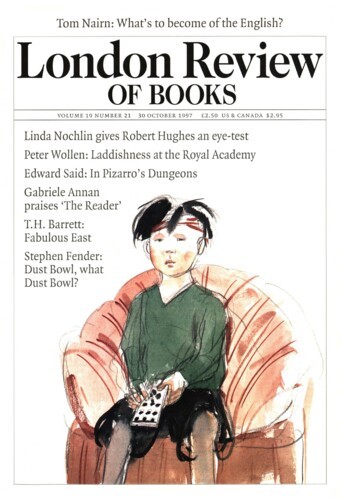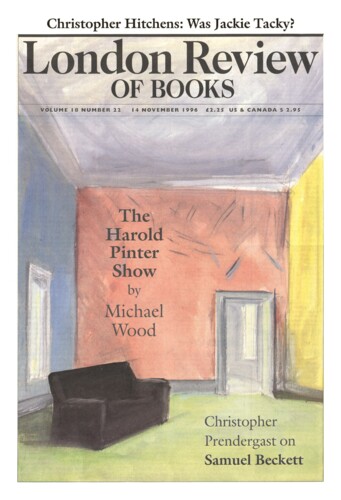Men in Aprons: Freemasonry
Colin Kidd, 7 May 1998
Our experience of Freemasonry is one of the minor peculiarities of the British. From The Grand Mystery of Freemasonry Discover’d (1724) and Samuel Prichard’s Masonry Dissected (1730) to Martin Short’s Inside the Brotherhood: Further Secrets of the Freemasons (1989), the dominant genre in Masonic literature has been the ‘exposure’. Rituals, passwords, oaths, handshakes and symbolic imagery pique the curiosity of the uninitiated, or ‘cowans’ in Mason-speak. Yet, despite its exotic paraphernalia, the Craft’s wider influence on British society is perceived to be mundane and narrow in compass. The list of allegations on the dust-jacket of Short’s book runs to corruption in local government, perversions of justice, ‘the promotion of mediocrity’ and ‘marital break-ups’: why, the cover asks, ‘do so many husbands don an apron at the lodge when they wouldn’t be seen dead in one at home?’‘



